In recent years, Windows has stopped being just an operating system and has become a showcase for Microsoft’s services. What used to be a practical and straightforward tool for work or entertainment now feels more like a giant digital billboard. After spending quite some time trying to adapt, I realized it no longer made sense to keep insisting. Here are the main reasons why I decided to leave Windows behind:
1. The Mandatory Microsoft Account
Today, installing Windows requires a Microsoft account. This isn’t an option — it’s a requirement. Even just to use the system, you need to identify yourself and connect to the company’s cloud services.
2. Pressure Disguised as “Security”
During installation or regular use, it’s common to encounter security alerts that feel more like attempts to convince (or coerce) you into using a Microsoft account. The justification is “security,” but the real goal seems to be further centralizing your data within Microsoft’s ecosystem.
3. Forced OneDrive Integration
In File Explorer, for example, OneDrive is built into the sidebar. Worse, the address bar includes a button to back up files to OneDrive — one innocent click and your data starts syncing to Microsoft’s cloud, even if you didn’t ask for it.
The whole experience gives the impression that your files are always one step away from being uploaded to remote servers without clear warning.
4. Bing in Local Search
Try looking for a file on your computer, and the system insists on showing Bing search results. Local search has become just another excuse to promote Microsoft’s search engine — even when all you want is to find a folder or app.
5. Copilot Everywhere
Copilot is omnipresent:
6. Microsoft Store Ads
I’ve received system notifications suggesting games from the Microsoft Store — and not just once. In an environment where productivity should be the focus, being interrupted by ads is something I can’t easily accept.
7. Constant Reminders About Microsoft 365
Click your profile, and you’re reminded you don’t have a Microsoft 365 subscription. Need more space? You’re frequently prompted to buy more cloud storage. The experience makes it feel like you’re always in debt to the system.
8. Suggestions and Services Even in Settings
Even the Settings app has turned into a space to promote paid plans, extra storage, and services you may not even want. All of this clutters the interface and makes navigation more difficult.
9. Copilot in Paint… and Photos
AI integration has gone so far that Copilot is now embedded in Paint and the Photos app. It feels like there’s no room left: everything has been turned into a chance to showcase Microsoft’s “intelligence” — even when all you want is to draw a square or crop an image.
10. Forced Updates
You might be in the middle of work, a presentation, or even a game. Doesn’t matter. Windows decides it’s time to update — and you don’t have much of a say. Even when you try to postpone it, the system insists, reminds you, downloads files in the background, and eventually restarts on its own.
The idea that the system knows better than you when it’s time to reboot your computer is, at the very least, arrogant. It feels like your productivity is always at the mercy of Microsoft’s update schedule.
11. Telemetry
Windows collects data about how you use the system. Some of it can be disabled, sure — but not all of it. There’s something called “basic telemetry” that’s mandatory. You don’t get to opt out.
12. Windows Recall
As if all of this weren’t enough, Microsoft decided to launch Recall — a feature that automatically takes screenshots of what you’re doing on your PC over time, and then lets you search through them using artificial intelligence.
The promise is convenience. The result? A true privacy nightmare.
Even if you trust Microsoft, the idea of having your entire visual history constantly recorded (and saved locally — but still vulnerable to misuse or leaks) is disturbing. This is the kind of feature that should be opt-in, with clear warnings — and even then, it raises a number of legitimate concerns.
Conclusion: It’s a Paid System — Filled with Ads
The irony is that Windows isn’t even free. You pay to use it, yet you’re constantly exposed to ads, forced integrations, and service suggestions. At some point, the annoyance outweighs the convenience.
Today, I’m exploring cleaner, freer alternatives that treat me with more respect as a user. Because at the end of the day, the computer should serve me — not the other way around.

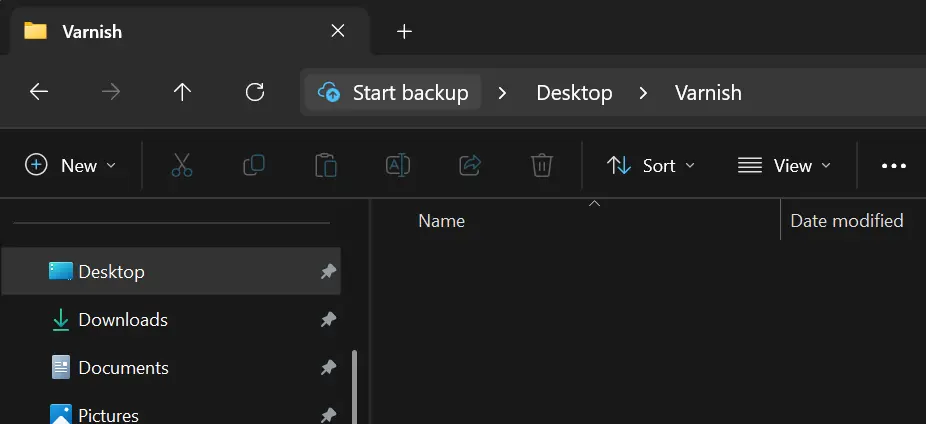
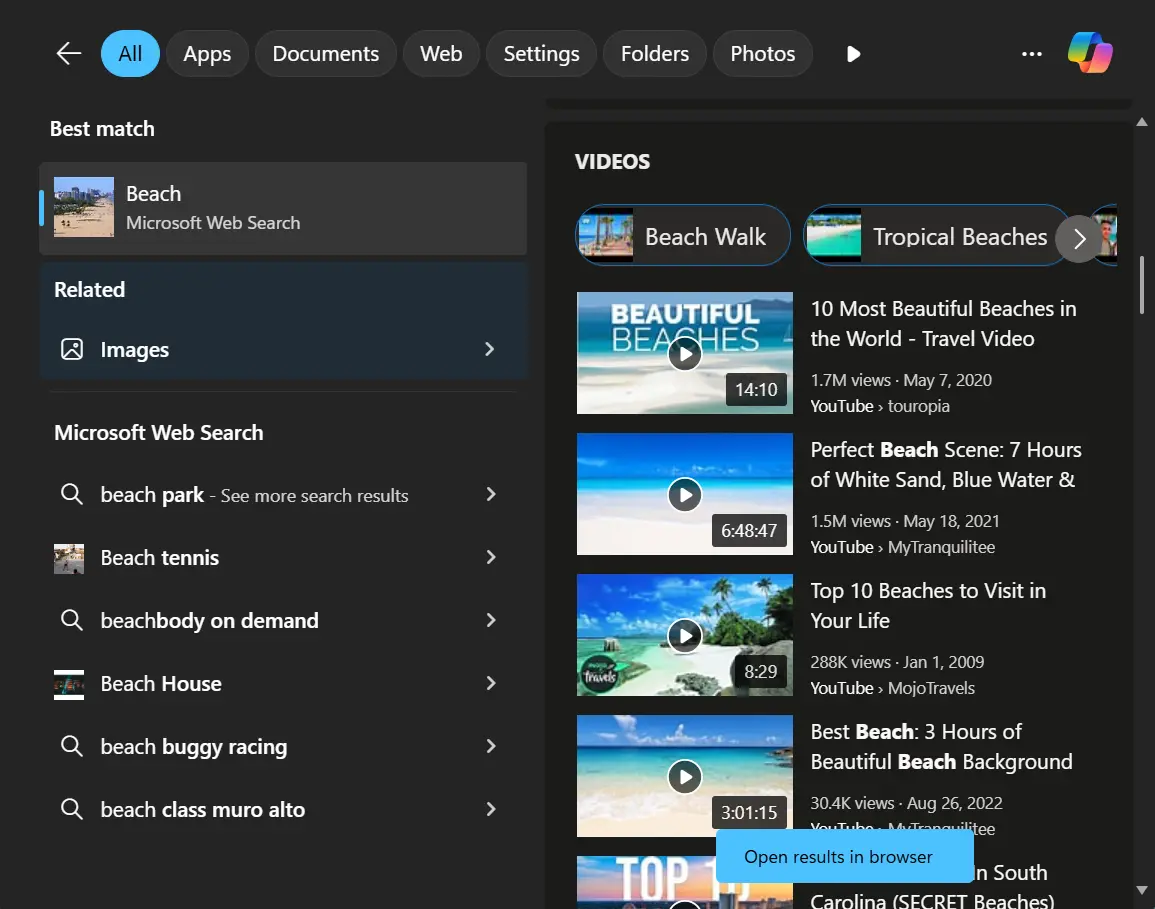
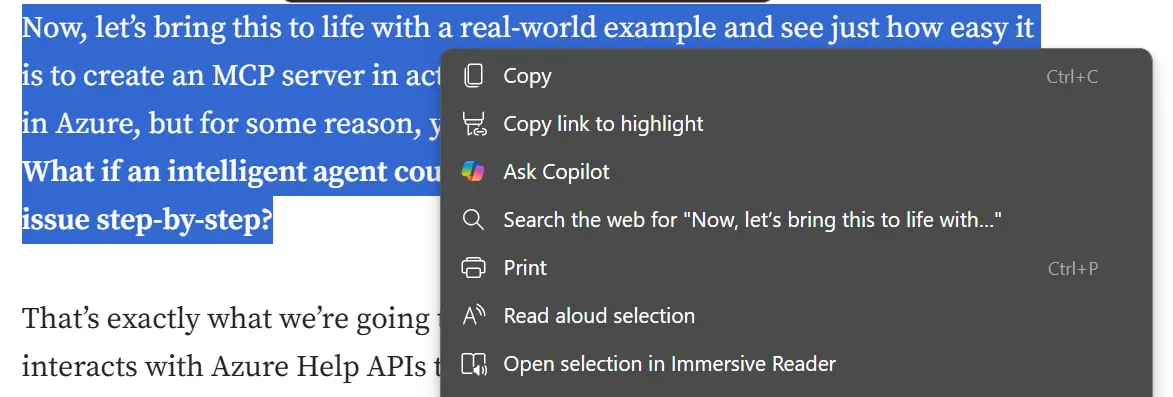

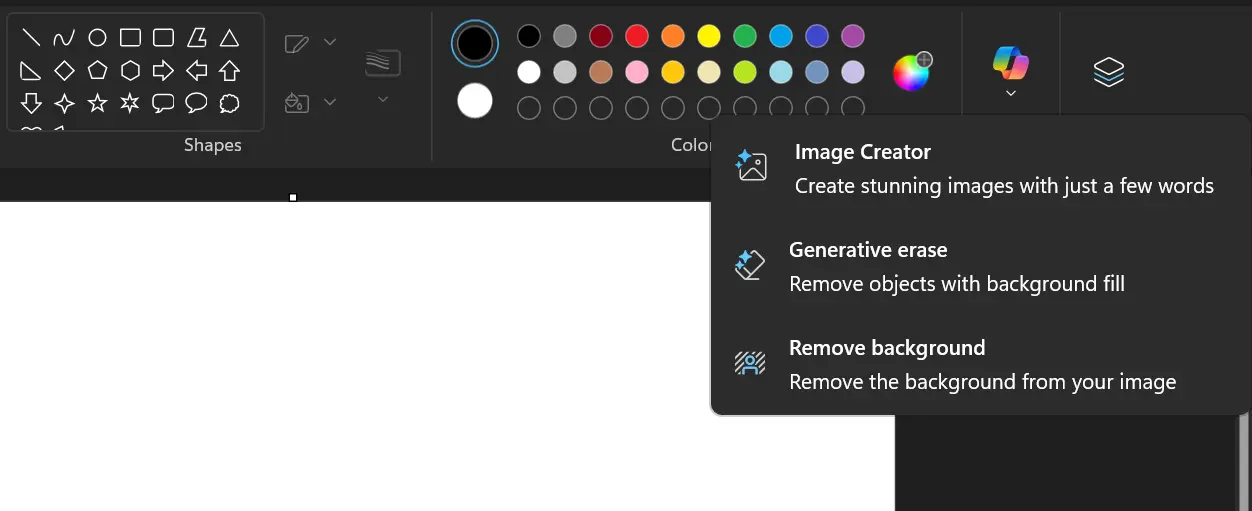
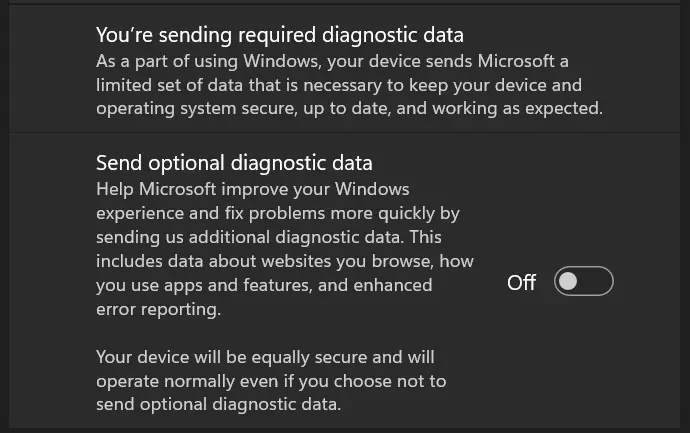
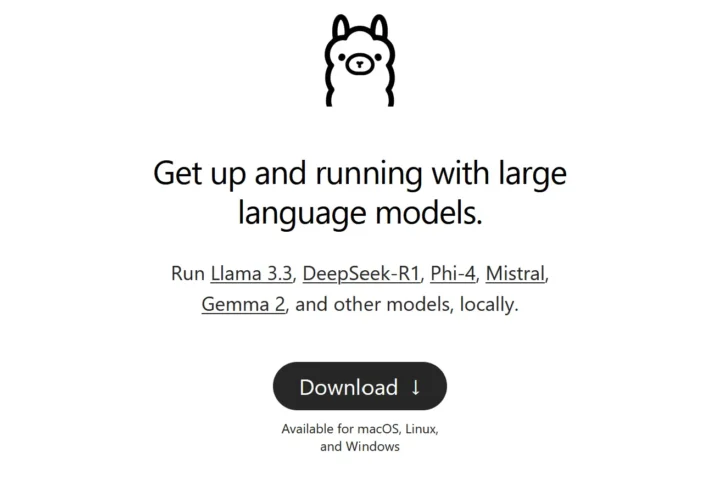
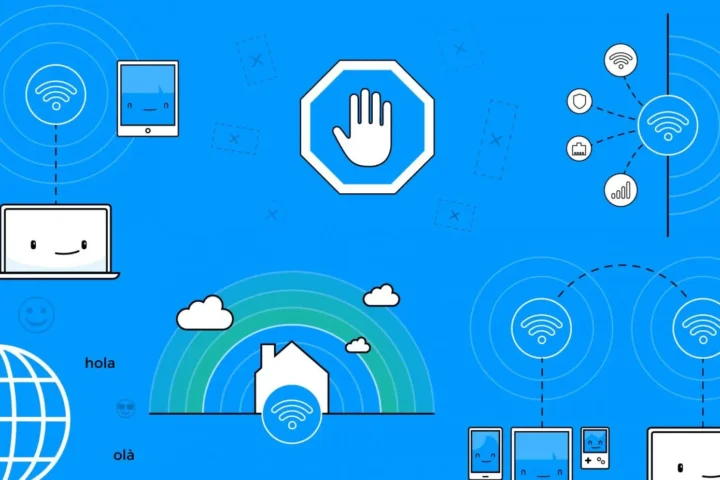
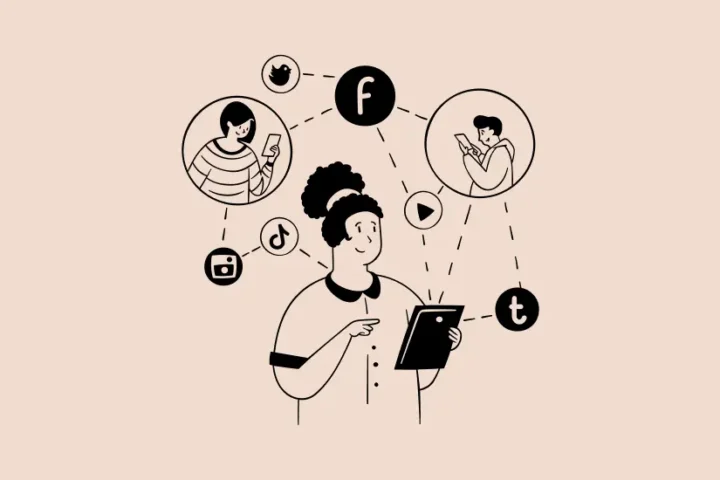


Start the conversation!